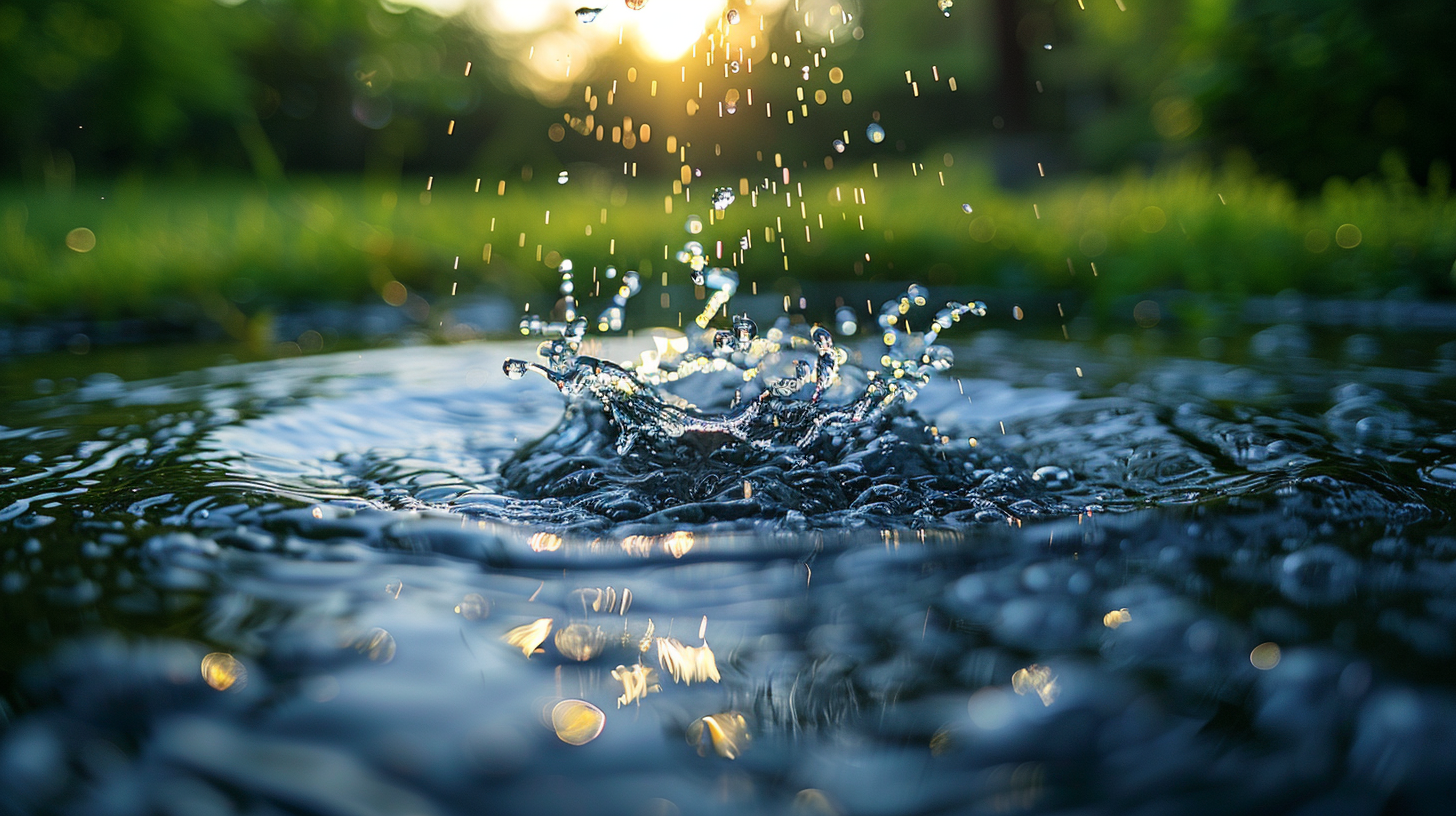Key points
• Water Quality and Care: If you have well water, you need to test it often to make sure it’s safe to drink. Watch out for bad stuff like germs, nitrates, and metals, and clean or treat the water when you have to.
• Septic System Upkeep: Areas that don’t have big sewer systems use septic systems for getting rid of wastewater. To keep them working right, you’ve got to take care of them. That means pumping out the tank every three to five years so it doesn’t break down or mess up the water under the ground.
• The Effects on Nature: The way we look after our well water and septic systems really matters to nature. We’ve got to handle them with care so we don’t pollute the water under the ground. That would be bad for people’s health and all the living things around us.
Contents
- 1 Key points
- 2 Definition and Importance of Groundwater
- 3 Types of Wells: Dug Wells, Drilled Wells, Driven Wells
- 4 Well Water Quality and Contamination Concerns
- 5 Well Construction and Design
- 6 Pumping Systems
- 7 Water Purification for Wells
- 8 How Septic Systems Affect Groundwater
- 9 Testing and Monitoring Well Water
- 10 Dealing with Well Water Problems
Definition and Importance of Groundwater
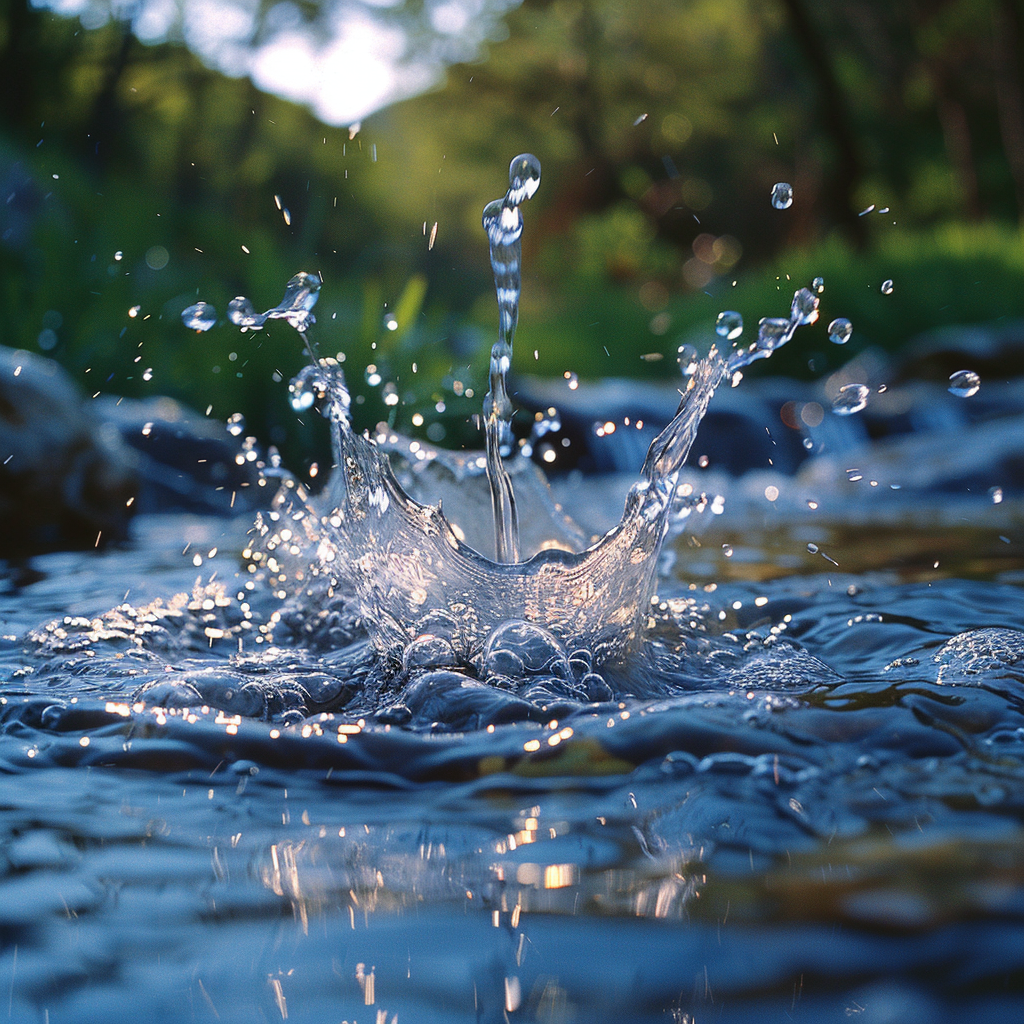
Groundwater is the water found under Earth’s surface soaking into the soil or rock. It’s an important source of fresh water that supplies private wells and keeps lakes and rivers full, which matters a lot for nature. Keeping groundwater safe is key because people and the environment both depend on it, so we’ve gotta take care of it.
Types of Wells: Dug Wells, Drilled Wells, Driven Wells
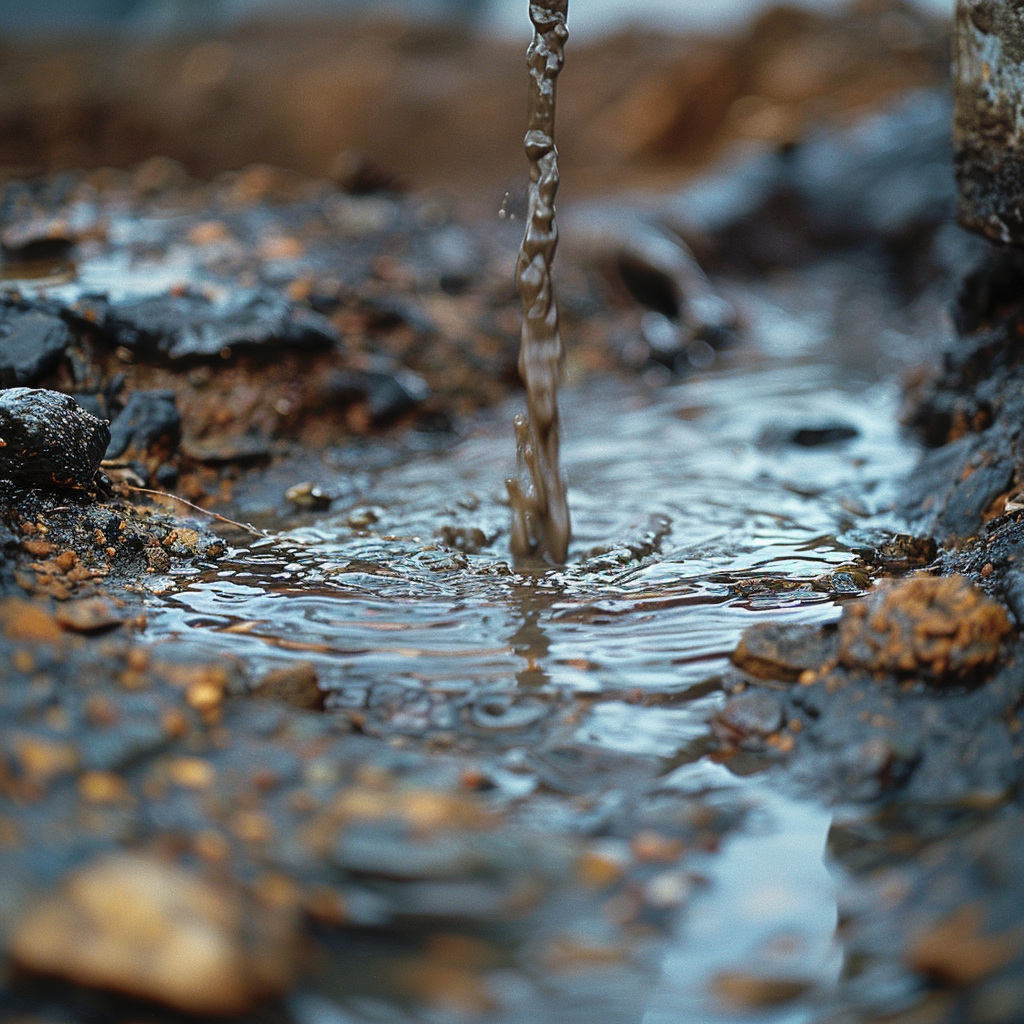
There are different kinds of wells, each defined by the way they’re made. Dug wells require a lot of manual work and are not very deep. People usually reinforce them with bricks or stones to keep them from falling in. On the other hand, drilled wells go much deeper and use advanced equipment to cut through rock. Driven wells are notable for their thin shape, and you make one by pounding a pipe right into soft ground or sand.
Well Water Quality and Contamination Concerns
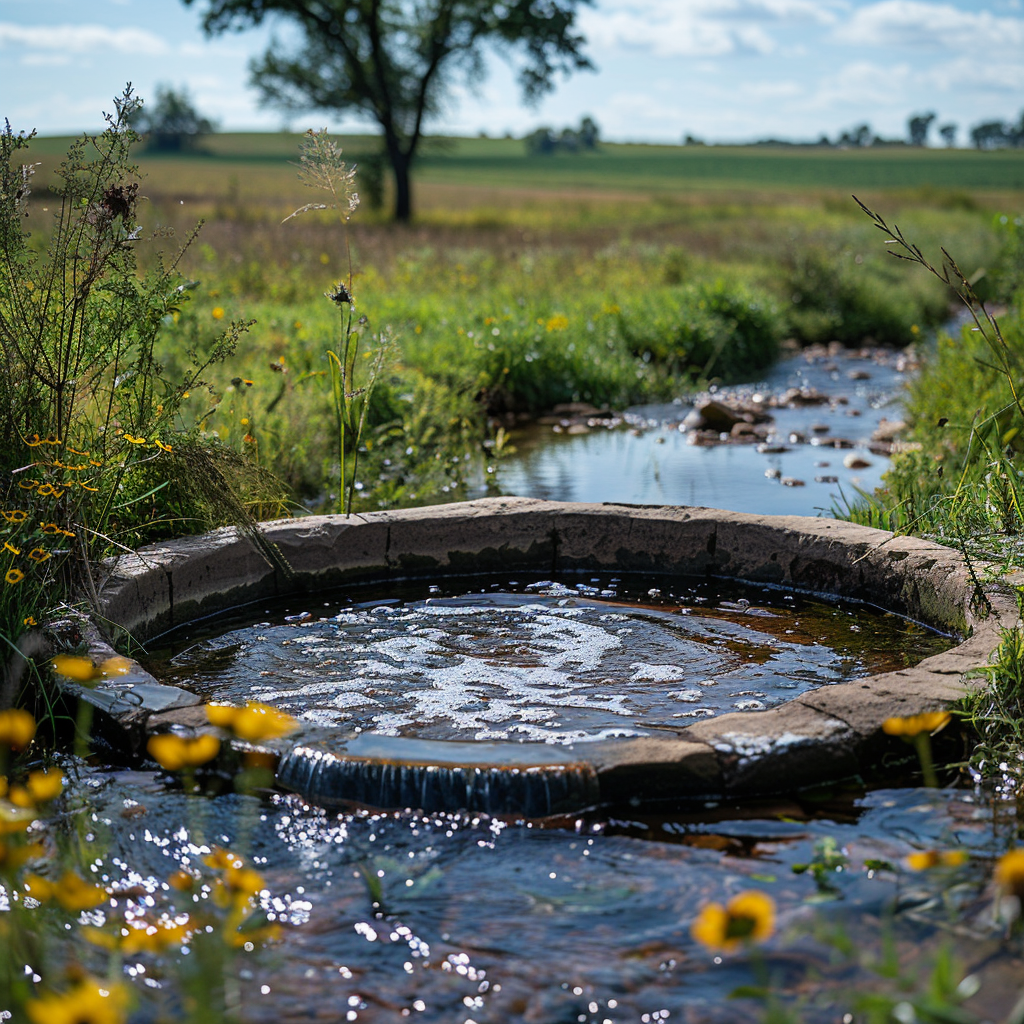
Even though well water comes from the ground, its quality varies a lot. Things like minerals and bacteria that are naturally found in the environment can slip into the water and cause safety issues. But nature’s not the only one to blame for dirty water. Human activities, like using too much pesticide, getting rid of waste the wrong way, or bad pipes, can also make the water unsafe. That’s why it’s super important to regularly test well water to make sure it’s clean and safe to drink.
When we get water from a well, we’re really pulling up groundwater to use in our daily lives. To do this, you gotta drill a hole deep enough into the earth until you hit water. Once it’s out of the ground, this water can be used for all sorts of thing – from quenching your thirst to watering crops and running your household.
Well Construction and Design
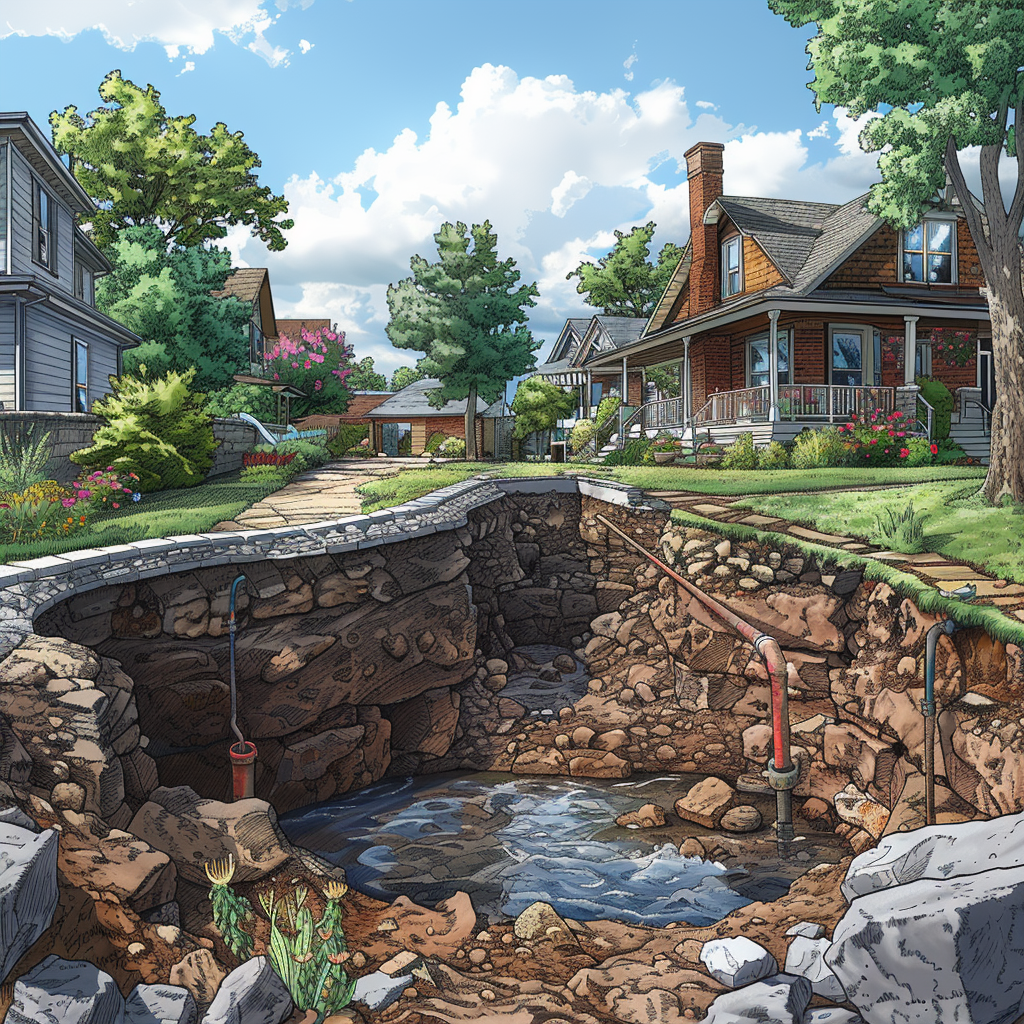
The casing is a long tube in the well that stops pollution. It is usually built from strong stuff, like steel or plastic. A cap closes off the top of the casing to make sure dirt doesn’t get into the well.
Screens and Gravel Packs
Screens are put in place to block sand and dirt but let the clean water through. Around these screens, they add a bunch of gravel, which helps the water move better and filters it too.
Pumping Systems
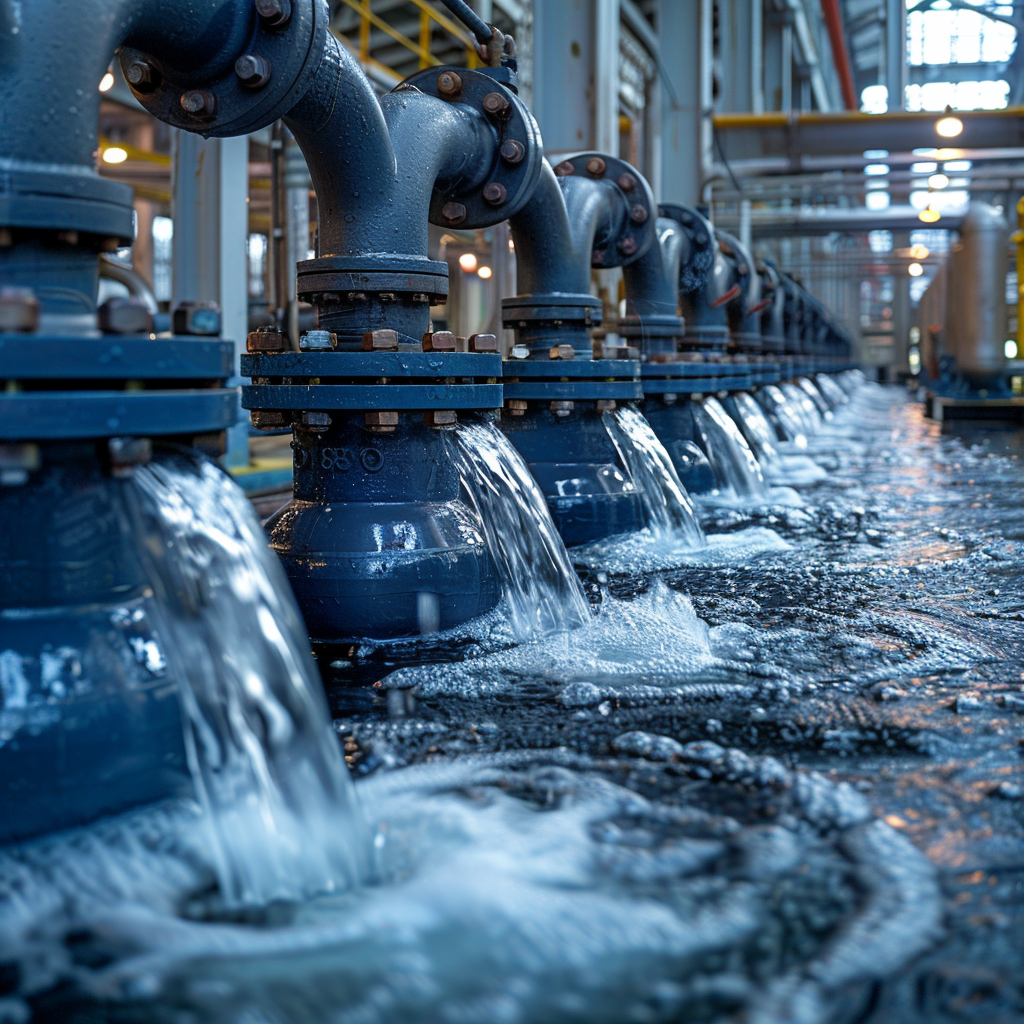
Various pumps, such as submersible ones that work underwater and jet pumps found above the surface, cater to different needs regarding how deep they have to go and how much water they need to move.
Pump Installation and Maintenance
To put in a pump, you’ve got to pick the right one for your well first, then get it set up by an expert. To keep it running smoothly, it’s important to regularly check for damage and keep it clean.
Water Purification for Wells
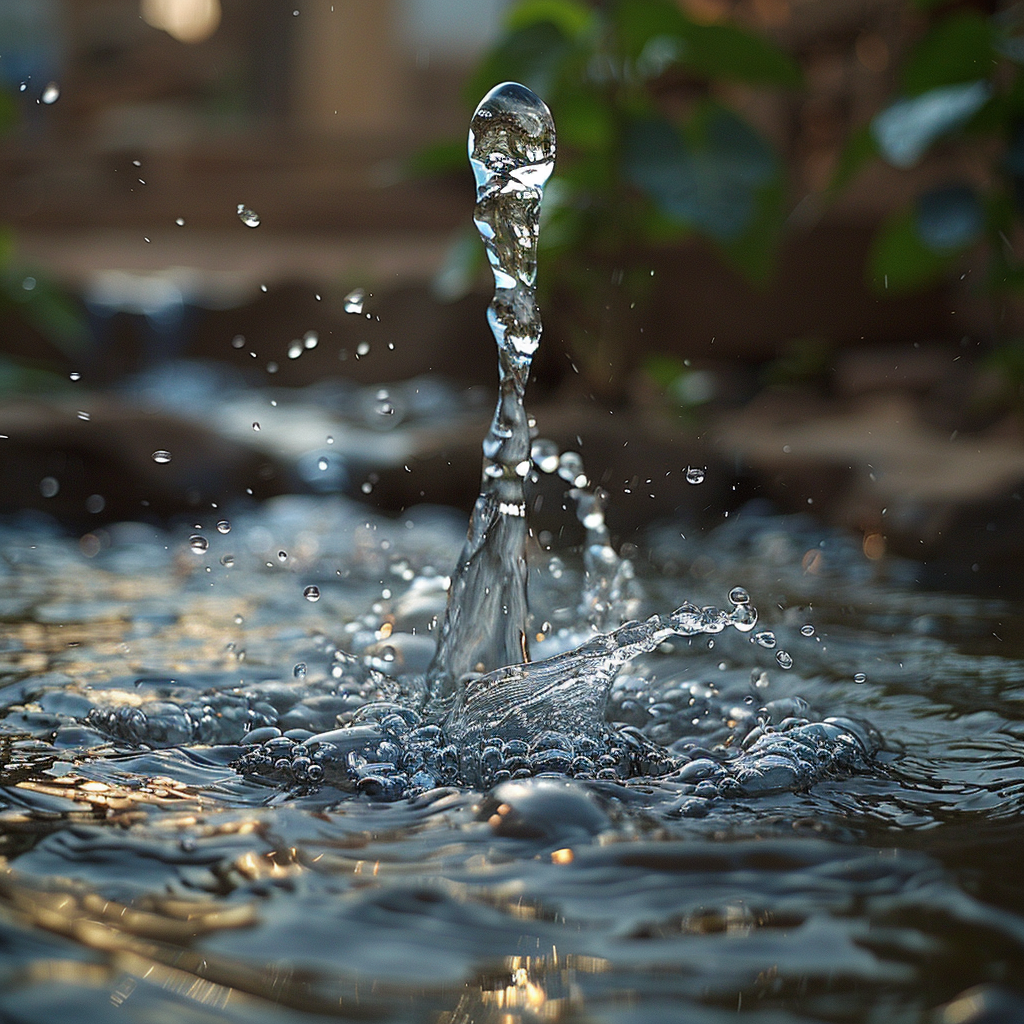
For clean drinking water, we can use several filtering techniques. This includes using sediment filters to catch dirt and other bits. Activated carbon filters are also useful for getting rid of smells and unwanted stuff in the water.
Cleaning the Water
Well water might have tiny bad bugs that can make you sick. To get rid of them, people often add chlorine or shine ultraviolet light on the water. Doing this makes the water safe to drink.
How Septic Systems Affect Groundwater
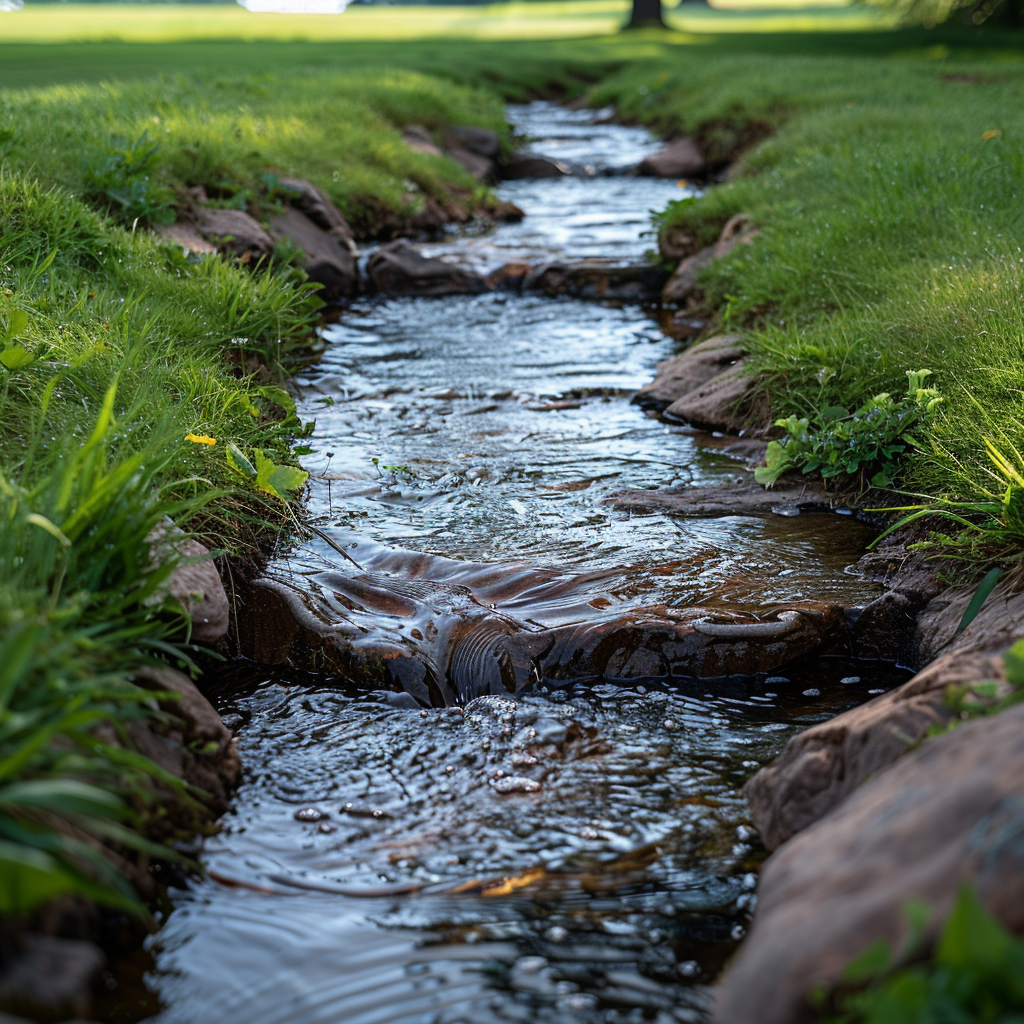
The septic system’s job is to clean the wastewater as it seeps through the soil in the drain area. The ground works like a filter, scrubbing out bad bacteria and extra nutrients. This purifies the water before it mixes with the groundwater below. But if someone doesn’t take care of their septic system the right way, or if it’s not a good fit for the type of ground they have, it could lead to serious groundwater pollution.
Broken septic systems can dump germs and nutrients that shouldn’t be there into the earth. This mess can end up in wells nearby, mucking up the water that folks and animals drink and putting their health at risk. It’s super important to keep up with septic system repairs and use water wisely to stop these issues and keep things running smoothly between septic systems and our precious groundwater.
Testing and Monitoring Well Water
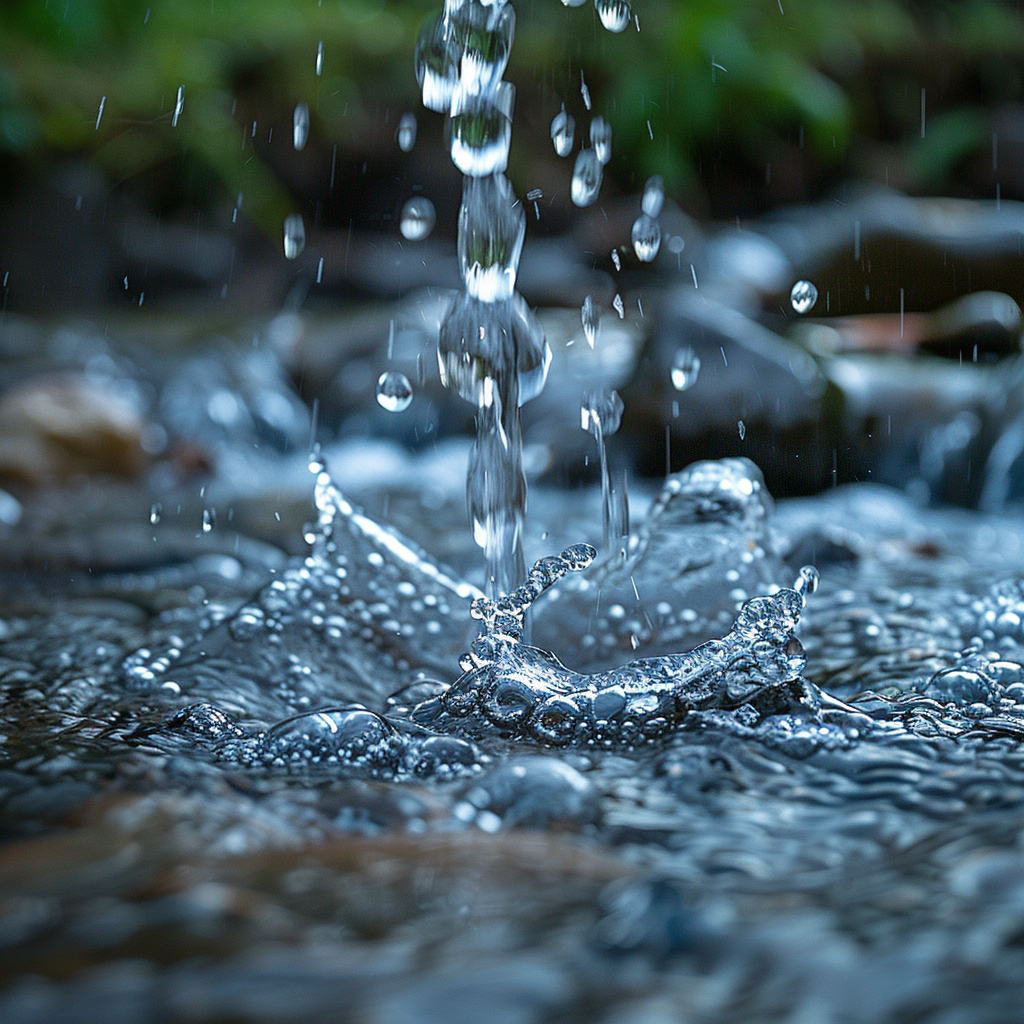
If you get your water from a well, it’s essential to test it often. Checking your well water makes sure there are no harmful biological or chemical contaminants putting your family’s health at risk. Here’s what you need to test for and how often you should do it.
Parameters for Testing Well Water
When you test your well water, look out for two types of contaminants: biological and chemical.
Biological Contaminants: These include living things like bacteria, viruses, and parasites. E. coli is one culprit that can signal poop has gotten into your water.
Chemical Containts: There’s a bunch of different chemicals to check for, including metals like lead and arsenic, industrial stuff like benzene, and nitrates or nitrites which usually come from fertilizers. These can get into your water in all sorts of way and can be really bad for you if they’re over a certain amount.
Regular Testing Schedules and Protocols
Keeping to a steady schedule for testing your well water is super important. Depending on where you live, the advice might change, but usually, it goes like this:
- Annual testing for nitrates and coliform bacteria.
- Every two to three years, test for things like pH levels, dissolved stuff in the water, and additional chemicals.
- If your water starts tasting funny, stinks, looks weird, or if there’s been some pollution in your area, then you might need to test it more often.
Interpreting Test Results and Taking Action
Once you have your test results back, it’s vital to know what they mean. Every bad guy in your water has got a Maximum Contaminent Level (MCL) which shows the most you can safely have in your water.
If a test comes back with numbers higher than the MCL, try not to freak out. First steps usually include retesting to make sure. If those high numbers keep popping up, then you’ll have to fix the issue, maybe by fixing your well or cleaning or treating your water.
Constantly testing your well water isn’t just smart – it’s a crucial barrier that keeps everyone who drinks it safe.
To avoid big problems later on, keep an eye on your well system with a regular inspection timetable and take charge to protect it. Regular checks help catch problems before they get expensive.
Regular Inspection
You should give your well system a once-over at least yearly. Check for cracks or leaks and make sure the cap is on tight so nothing nasty gets in. Testing the water for cleaniness is also key; look specifically for bugs, nitrates, and pH among other stuff. Getting a pro to do a complete check-up and sample the water for lab tests is a smart move.
Preventive Measures
To keep your well safe, store chemicals like fertilizers, bug sprays, and motor oils far away from it. Keeping the area around the well clean will help stop junk from getting into your water too. Watch out for any changes in how the water tastes, smells, or looks – these could be warning signs of contamination. If there’s been flooding or new building work near your well, you might need extra tests and inspections.
The Effect of Drawing Water from Wells on the Environment
Taking water out of wells has a range of effects on nature. When we pull water from below ground, nearby rivers and streams can end up with lower water levels, which is often called ‘streamflow reduction’. Heavy use of wells can also lower the groundwater level, leading to dry wells, less water for crops and plants, and trouble for wildlife habitats that need constant water.
Another issue is that large-scale water extraction can lead to contamination when stuff from the surface or other layers gets into the clean water underground. This problem affects not just people’s health but also animals relying on that water.
Dealing with Well Water Problems
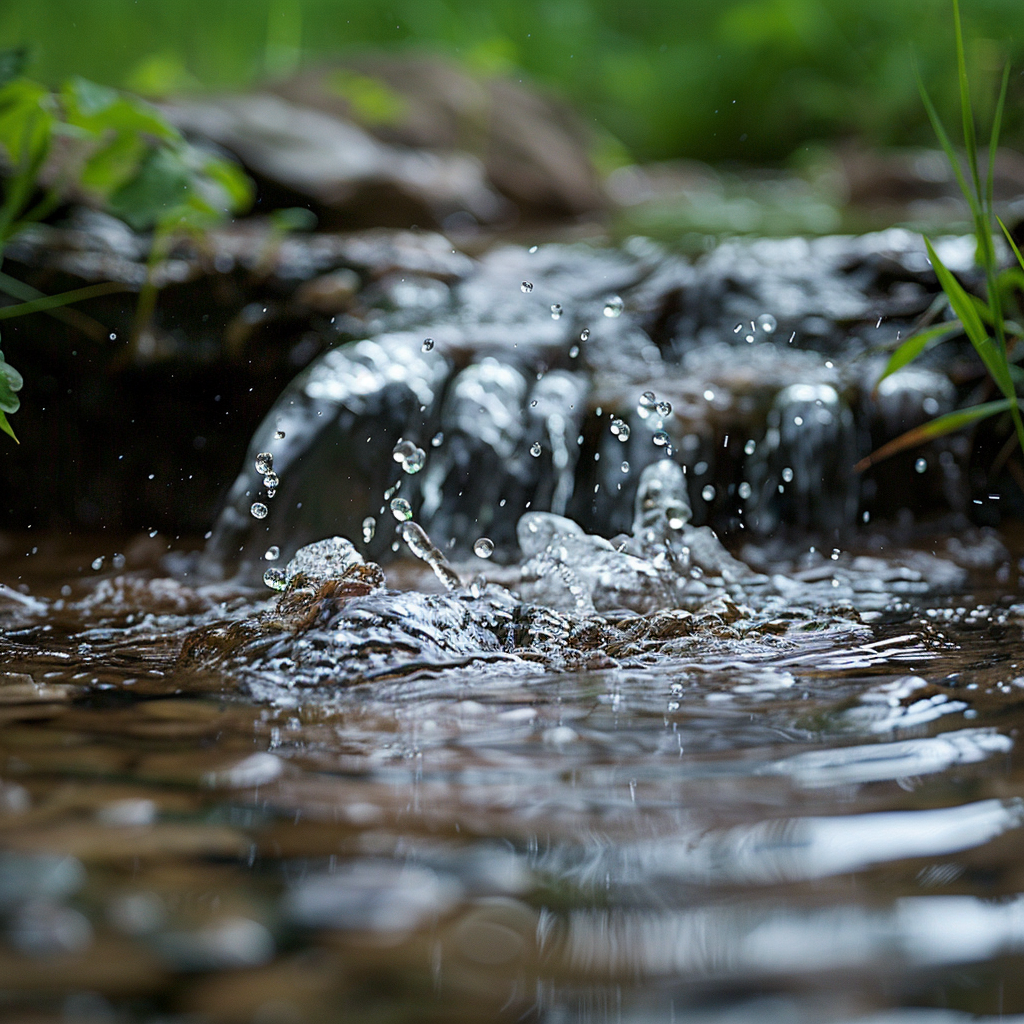
Low water pressure is a common headache for those using well water. This could be caused by anything like blocked pipes or a faulty pressure tank. To fix low pressure, you should check the pressure tank’s gauge to ensure it’s right. If there’s something wrong with the tank, try resetting the pressure switch. Look for any clogs or leaks in your pipes, too, since these can deeply affect your water’s flow. Keeping up with regular check-ups on your system can help dodge these snags.
Fixing Discolored Water
Seeing strange colors in your tap water? It’s often a sign that impurities have crept into your well. Rust, sediment, or bacteria could be the culprits behind discolored water. To tackle this, it’s key to clean out your well system thoroughly. This means scrubbing filters and aerators that may be jammed with debris. At times, more intense steps are needed, like using chlorine to blast bacteria from your well or getting hi-tech filters to target specific undesirables in your water.

I’m Tim Robberts, a seasoned wastewater treatment & septic system expert with over 40 years of experience in the field. My career began as a septic tank installer, and I quickly gained a reputation for my attention to detail and commitment to excellence. Over the years, I’ve honed my skills in designing, installing, and maintaining septic systems for residential and commercial properties.
